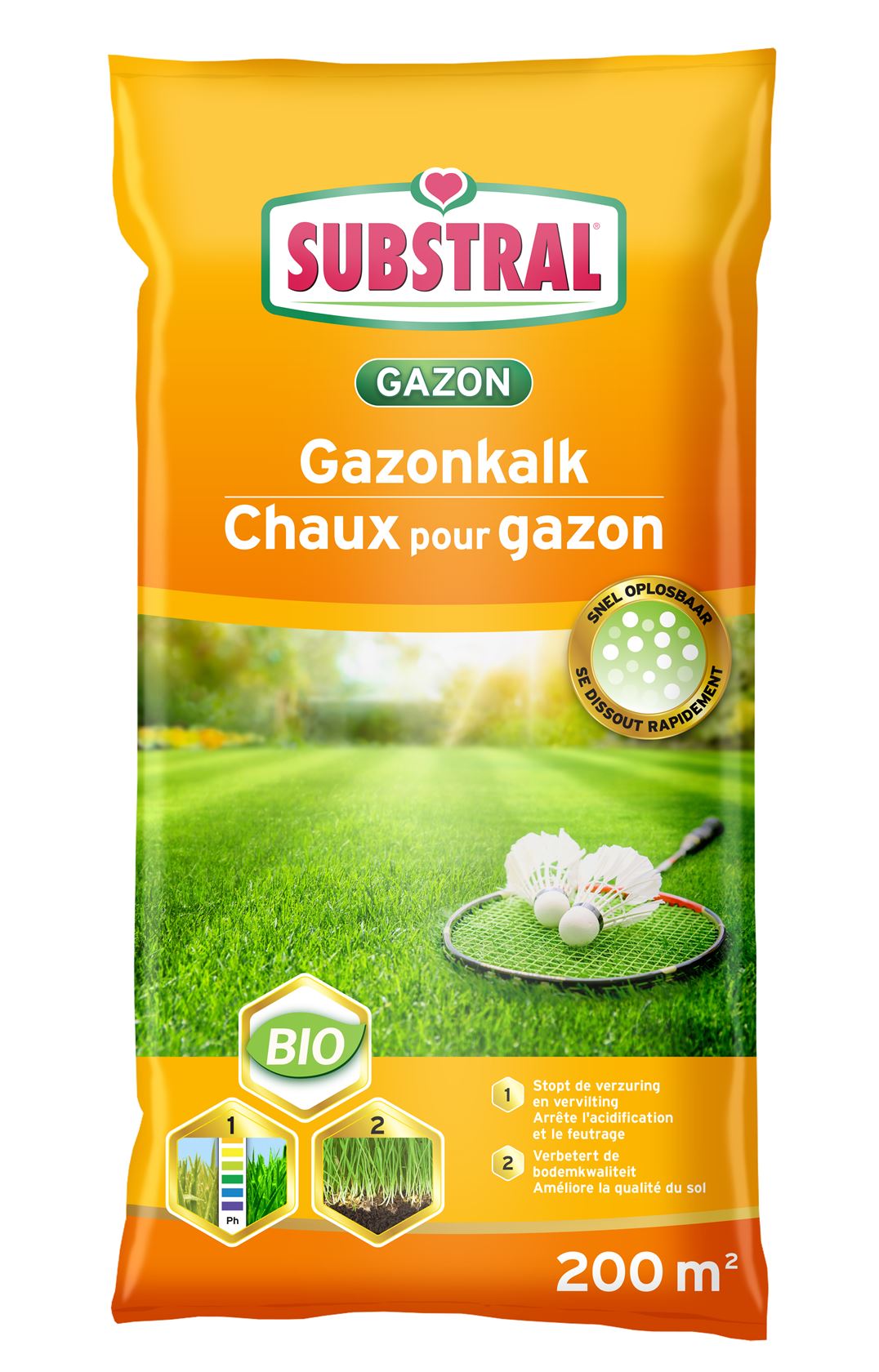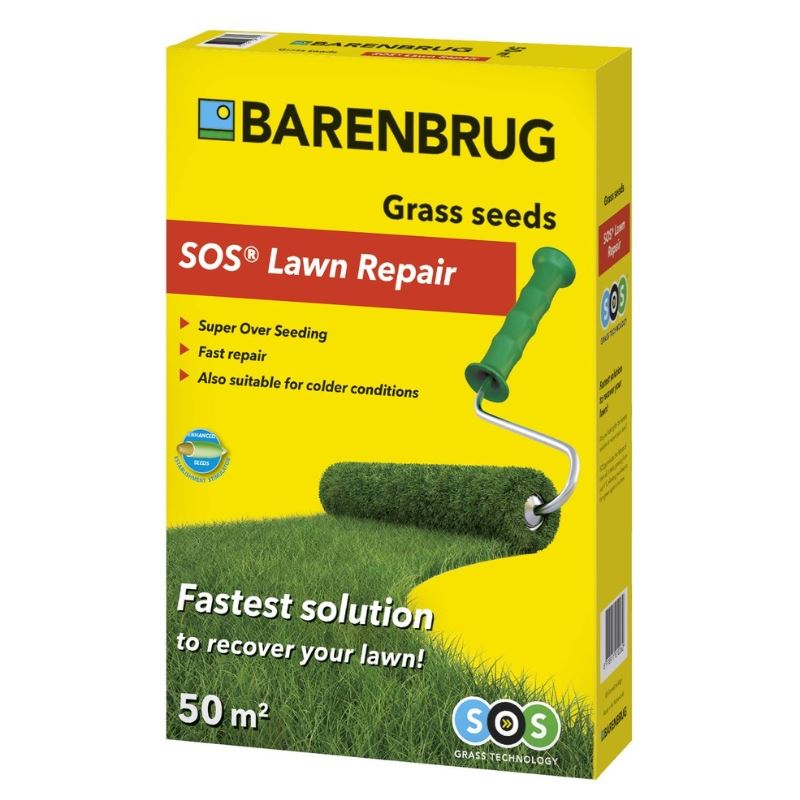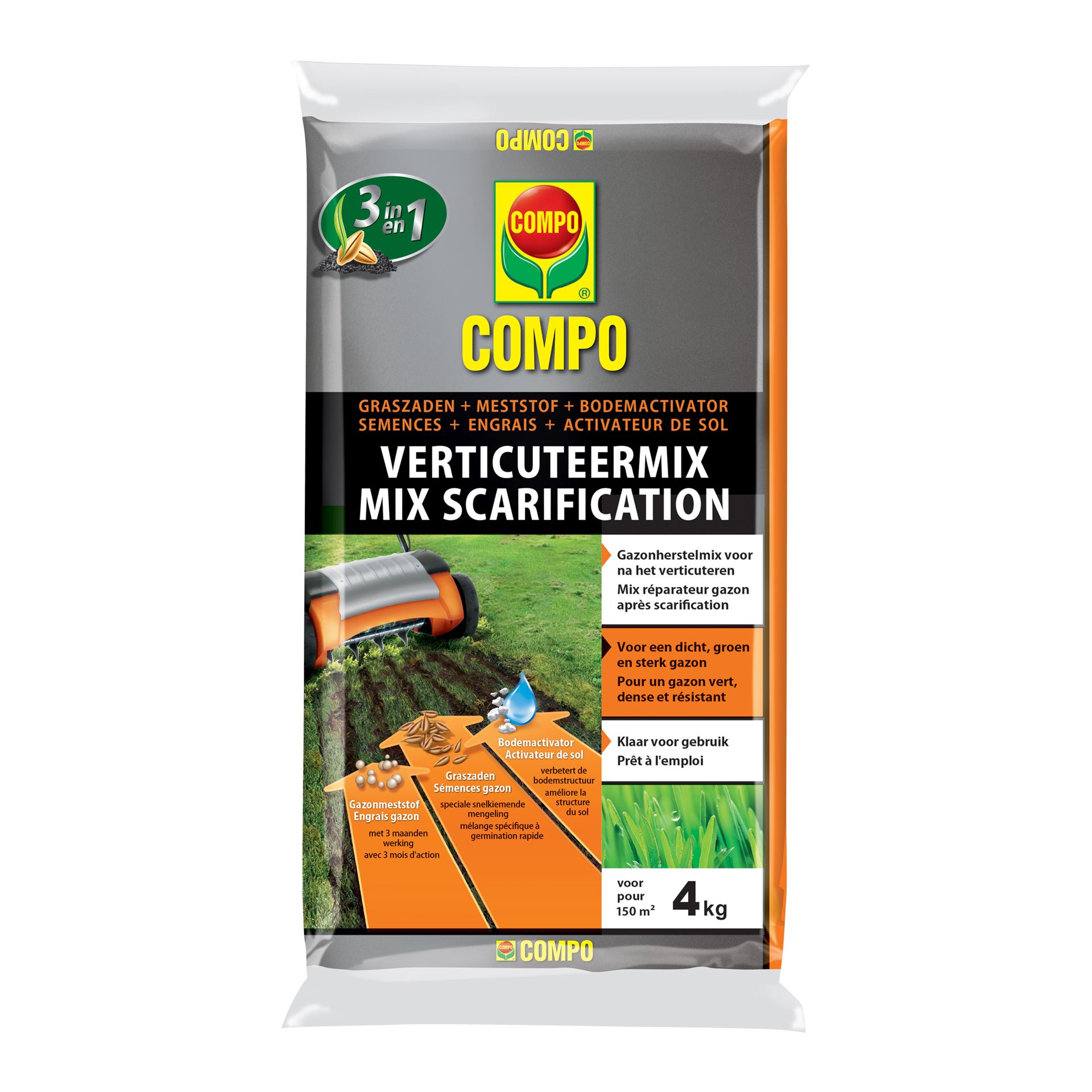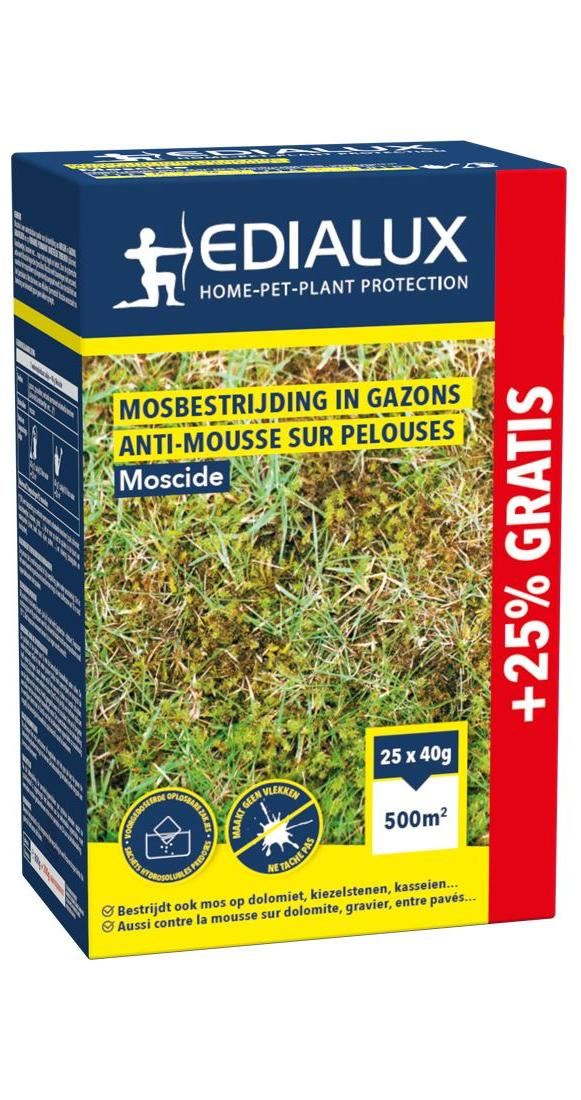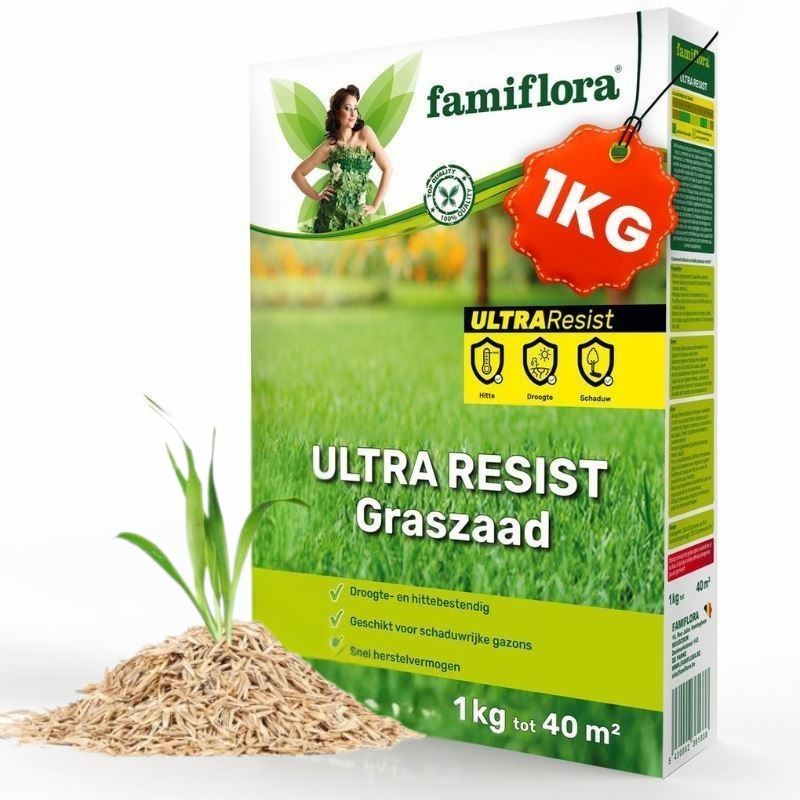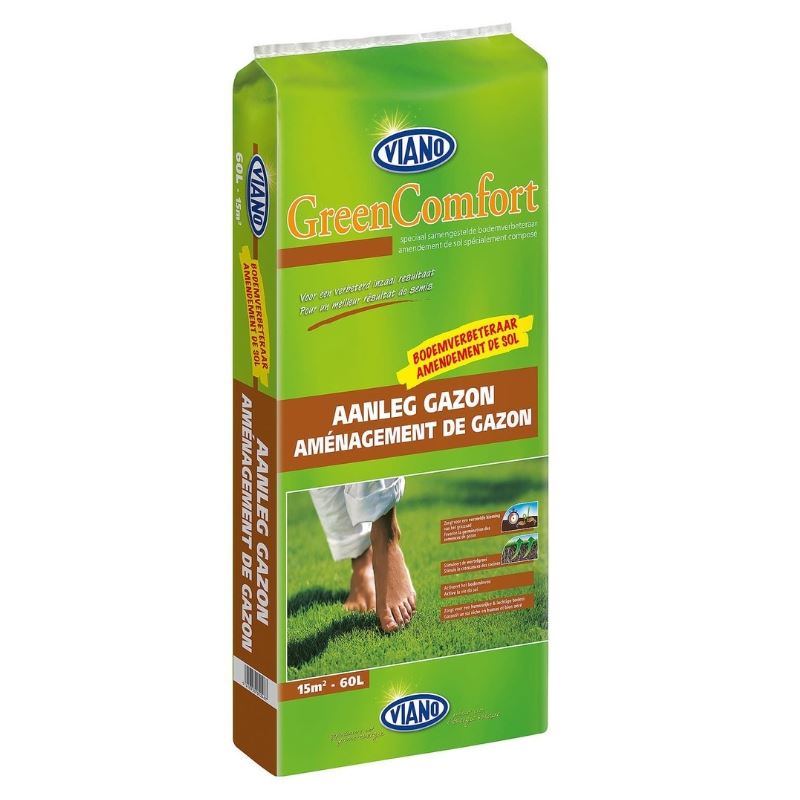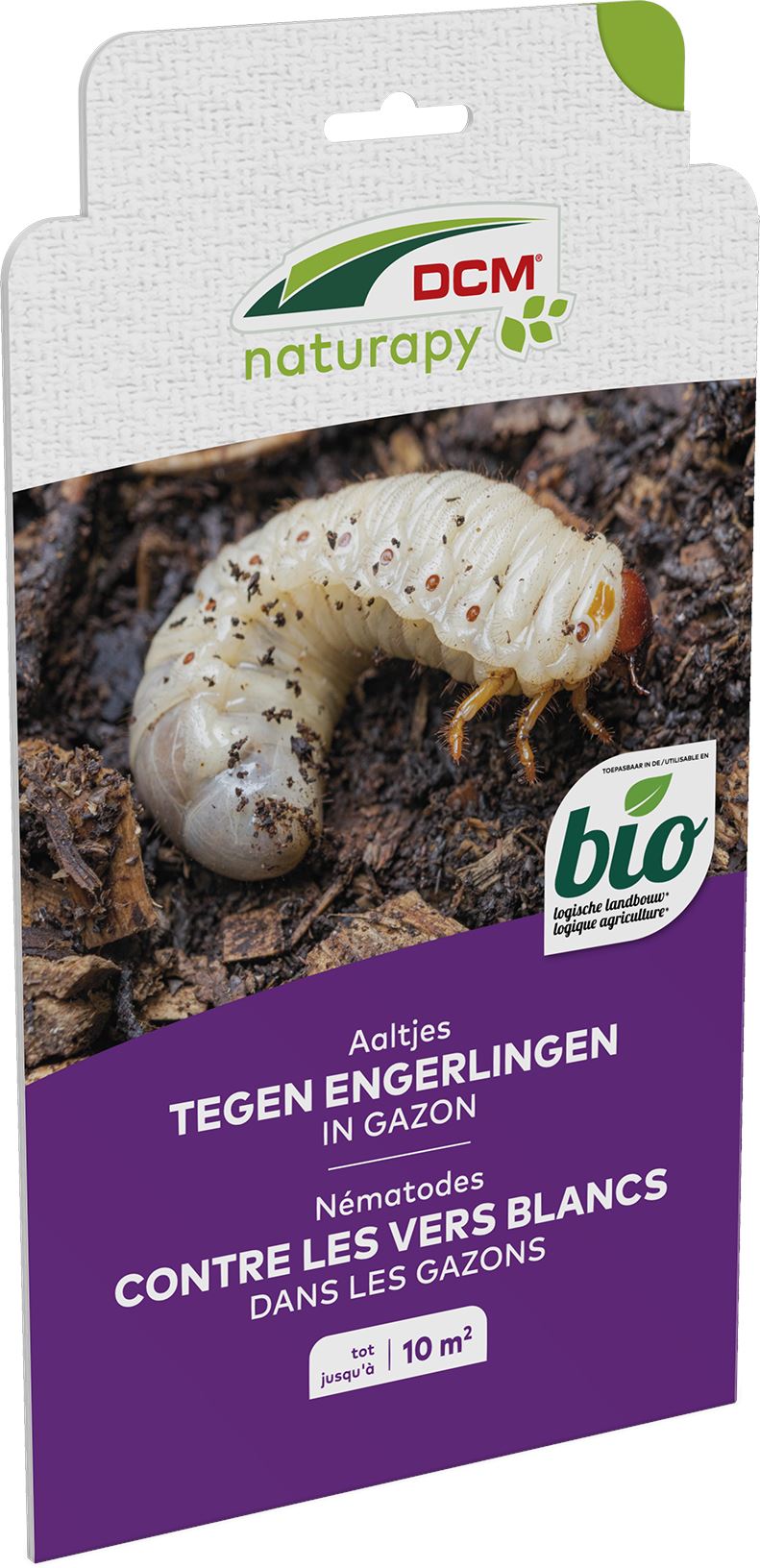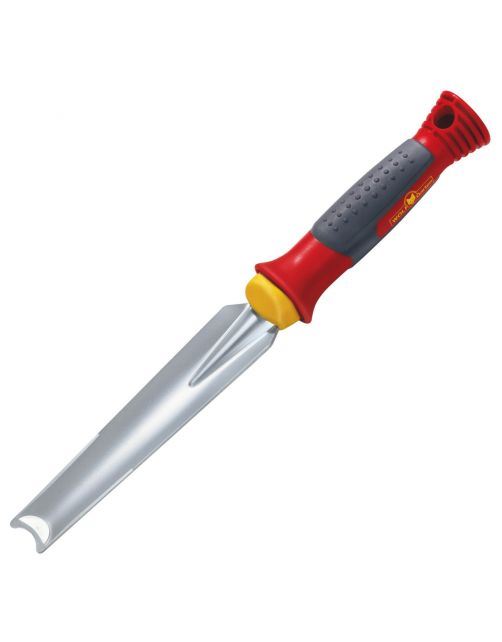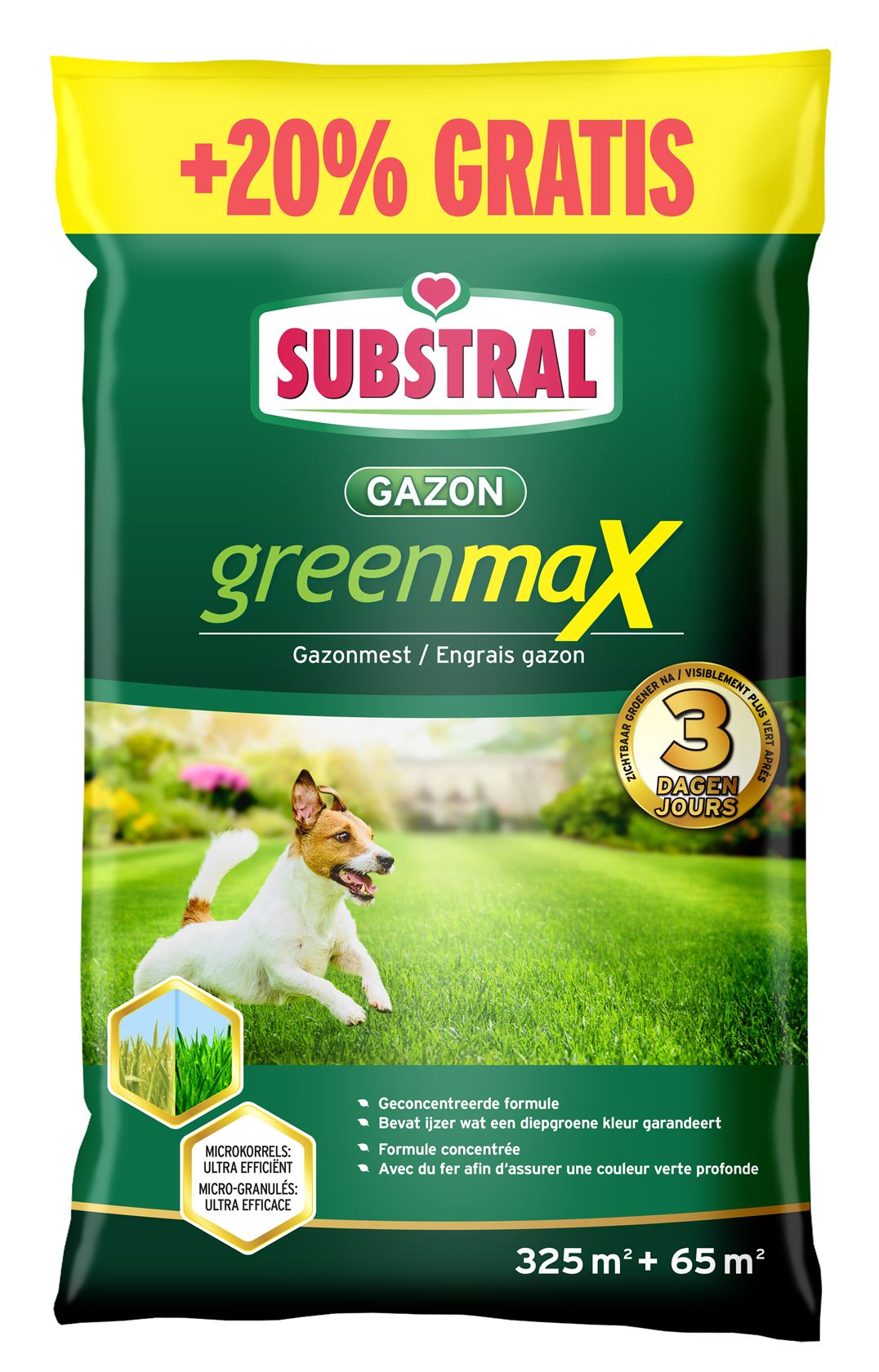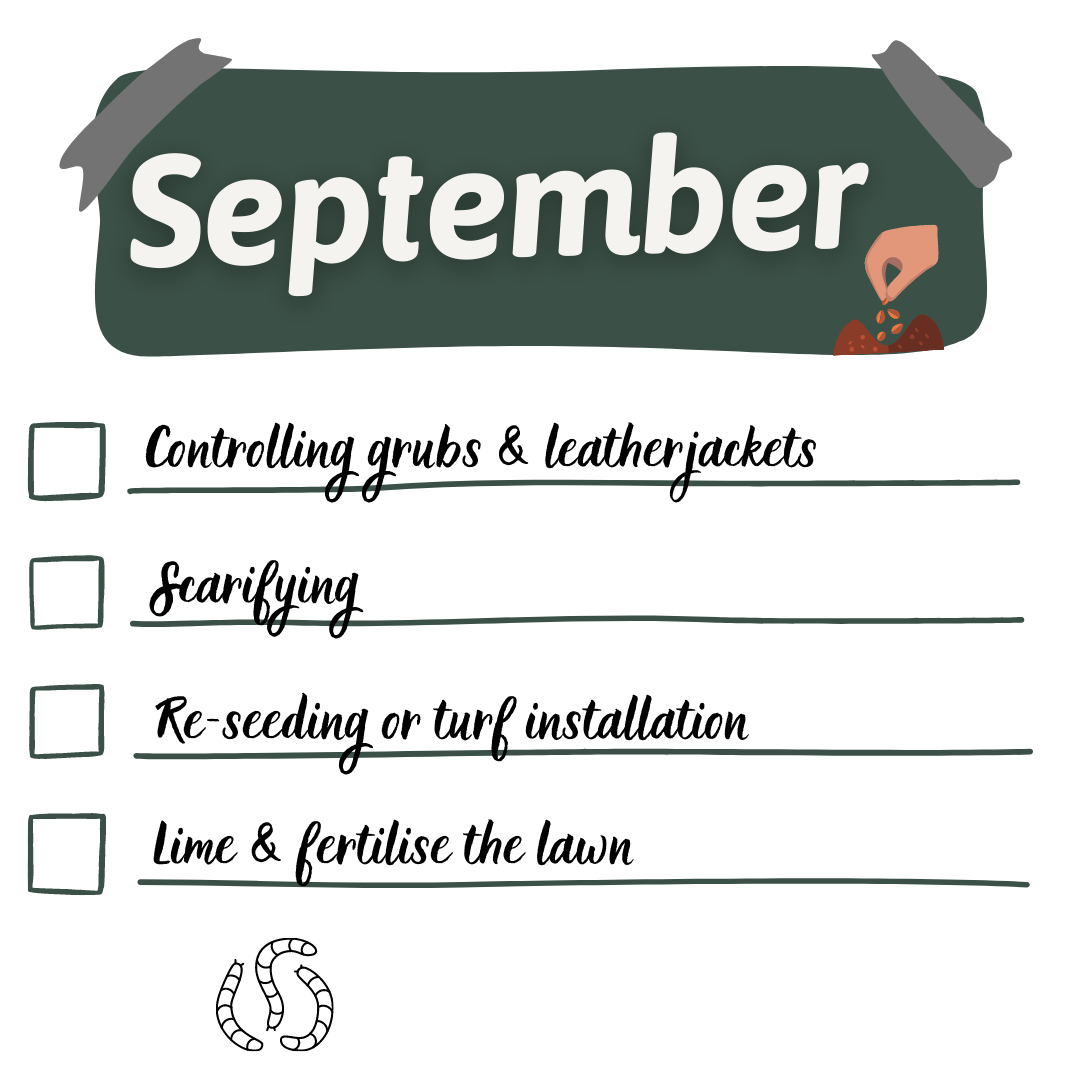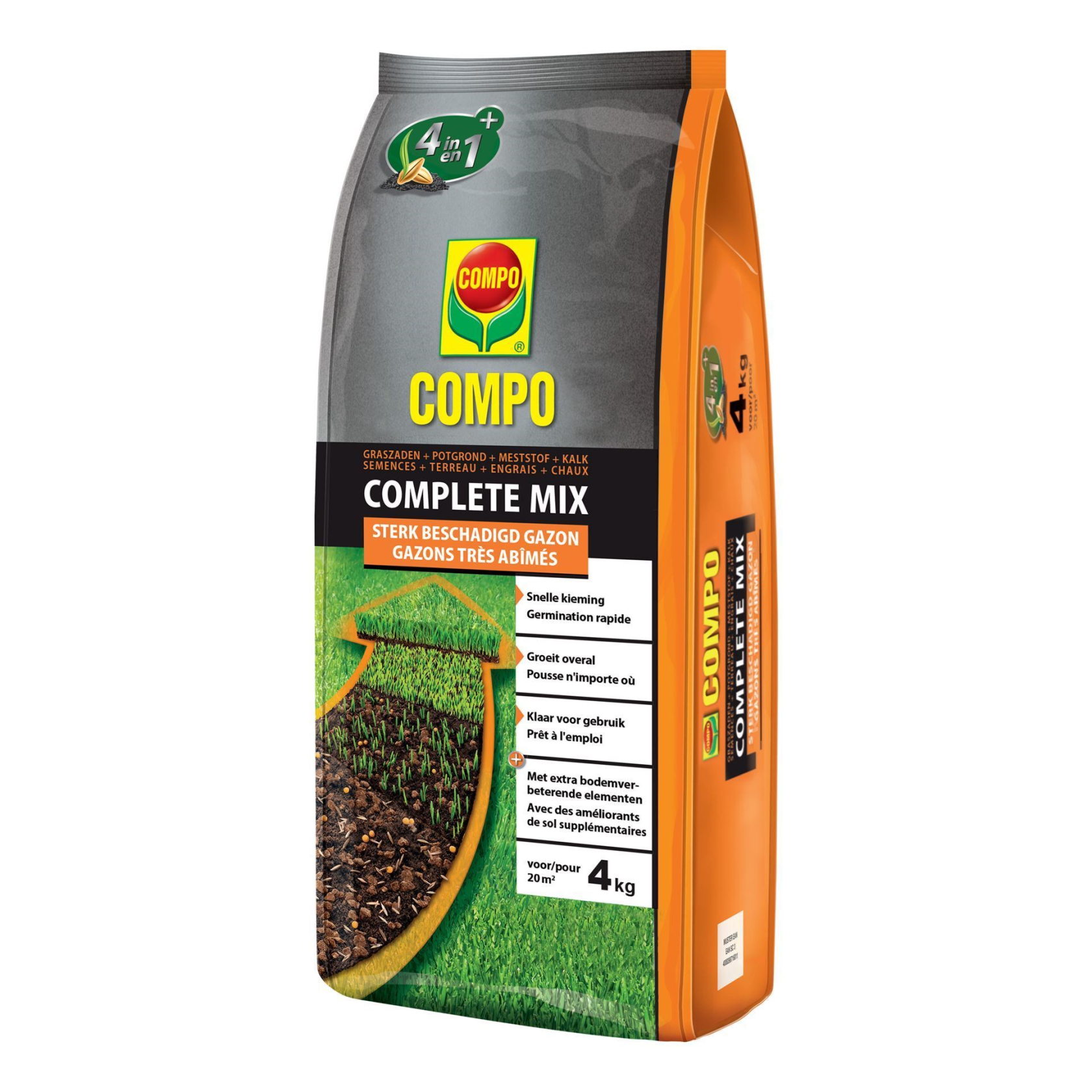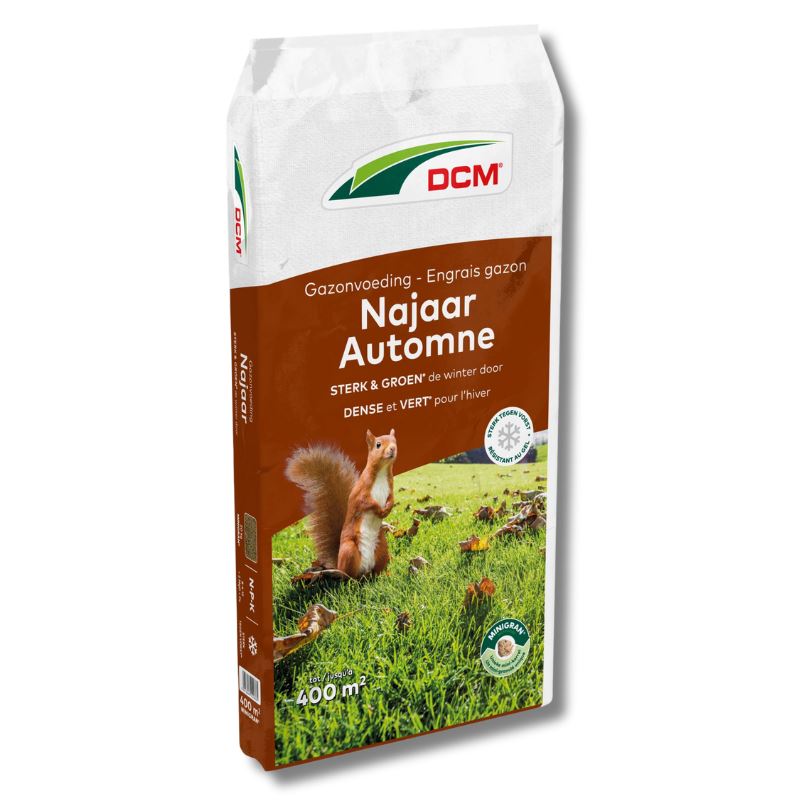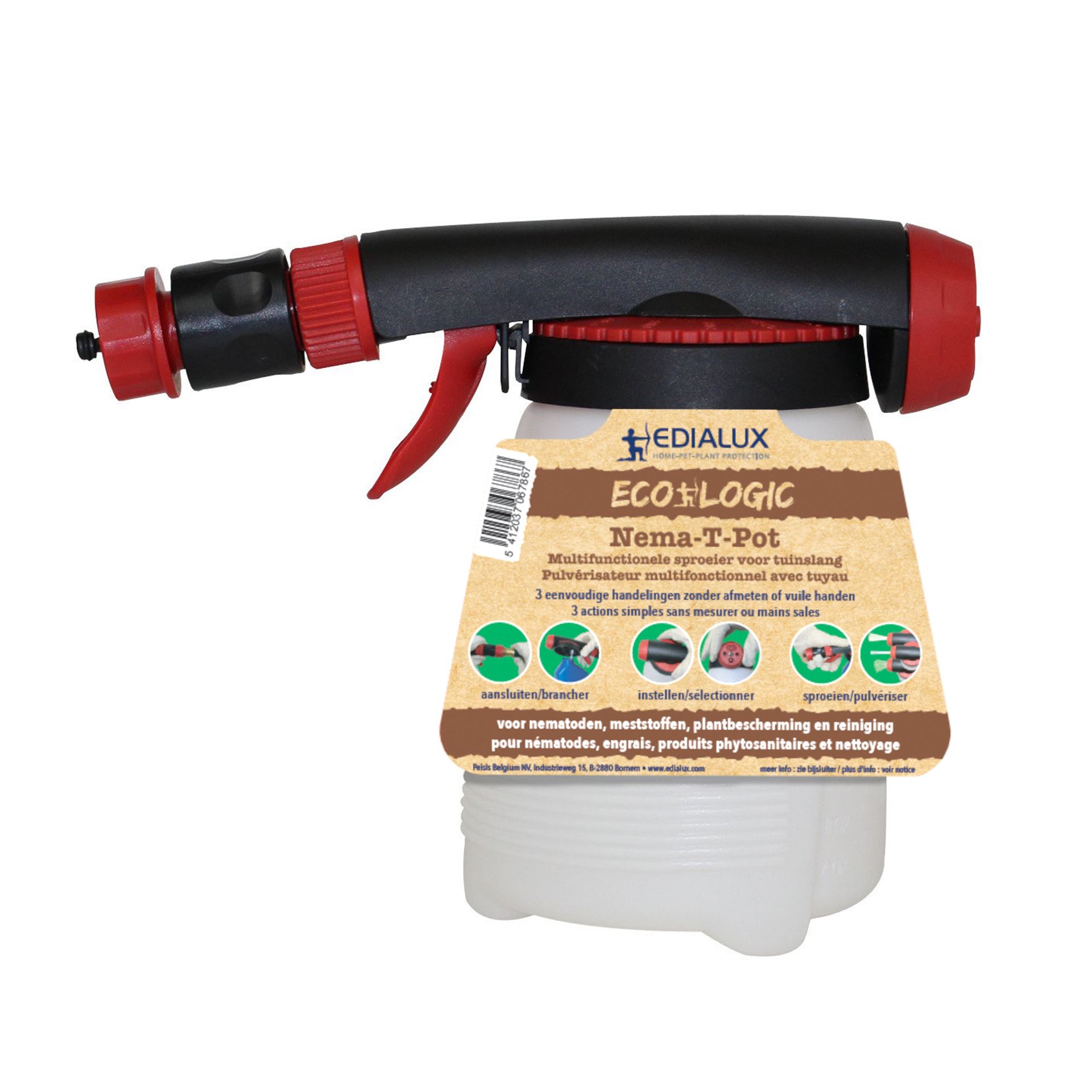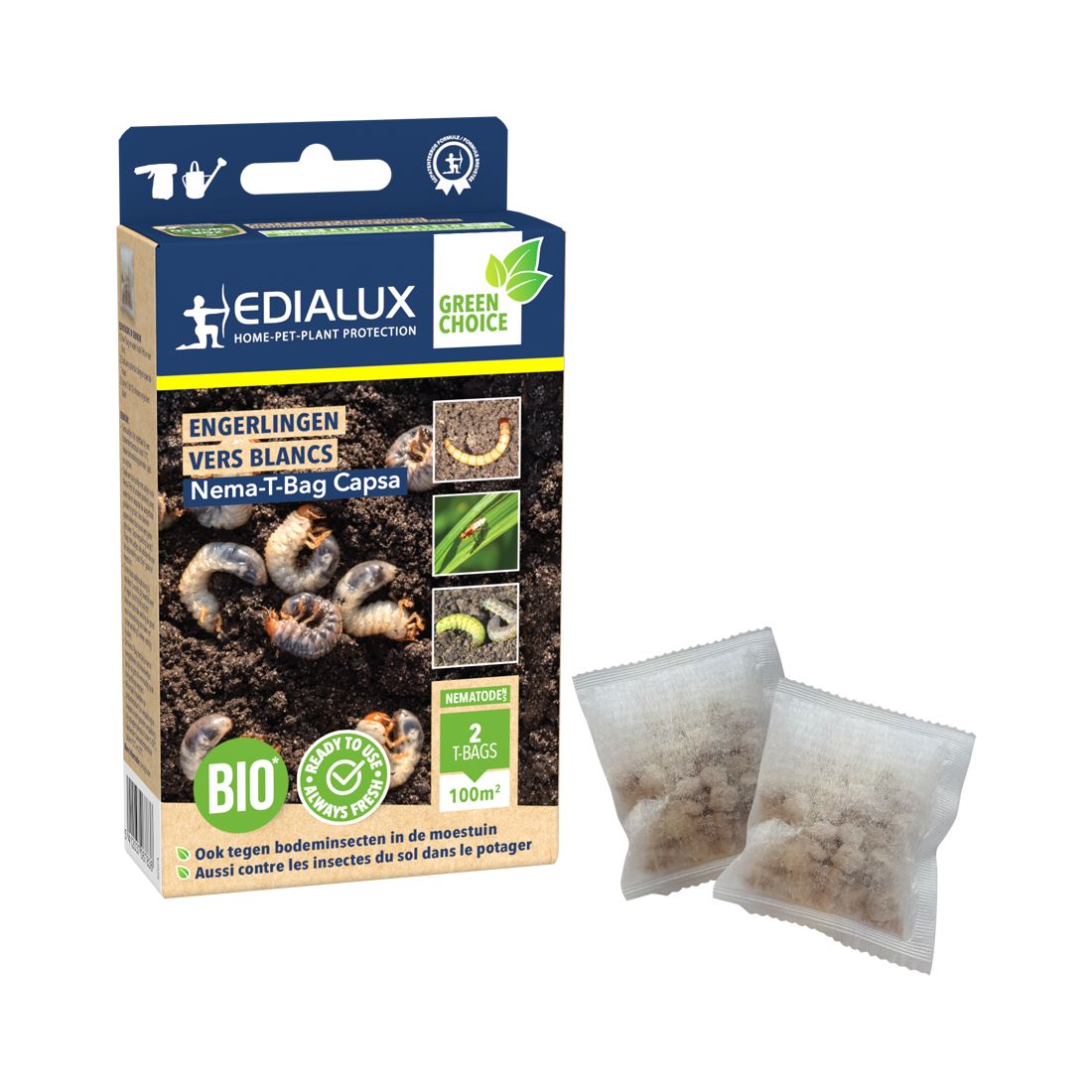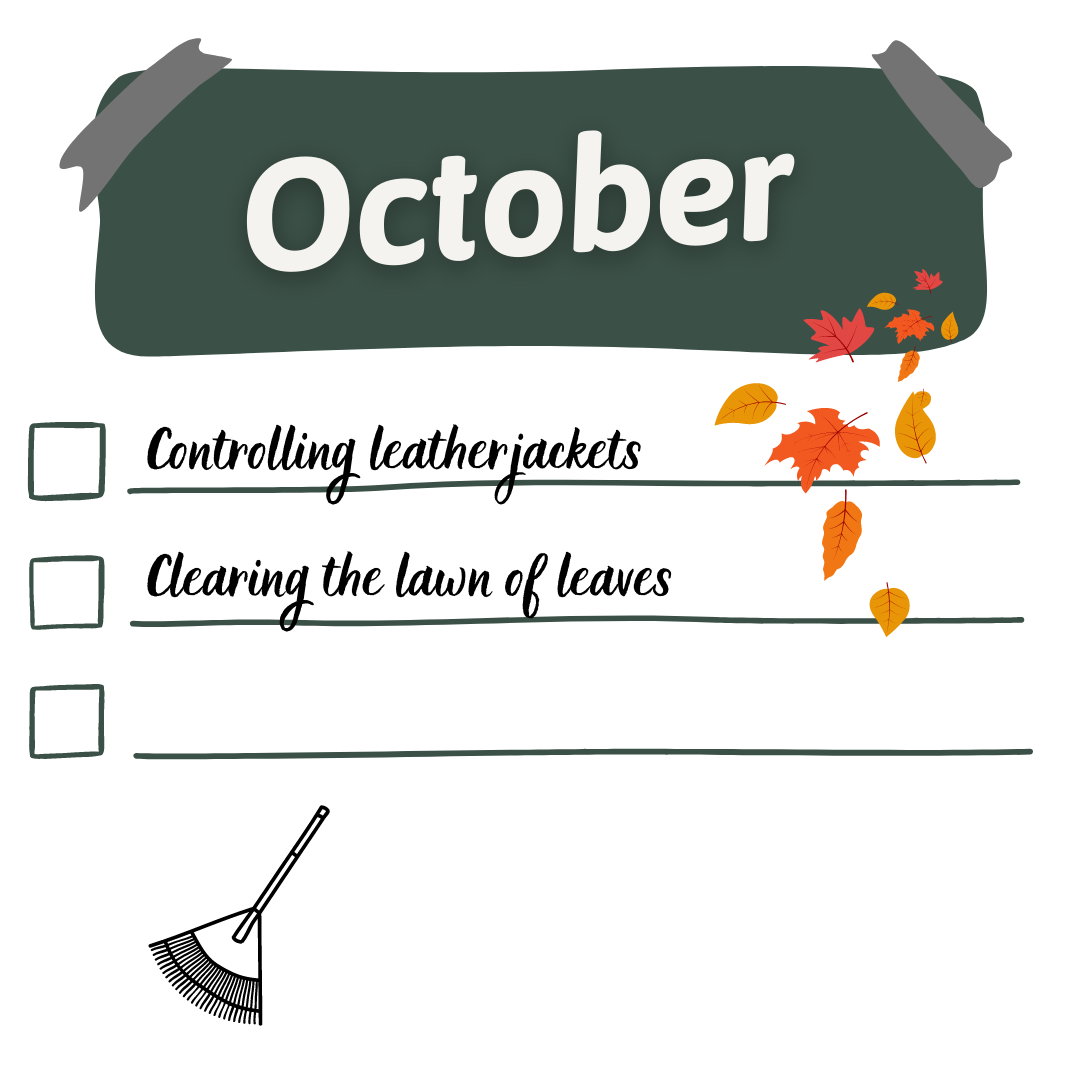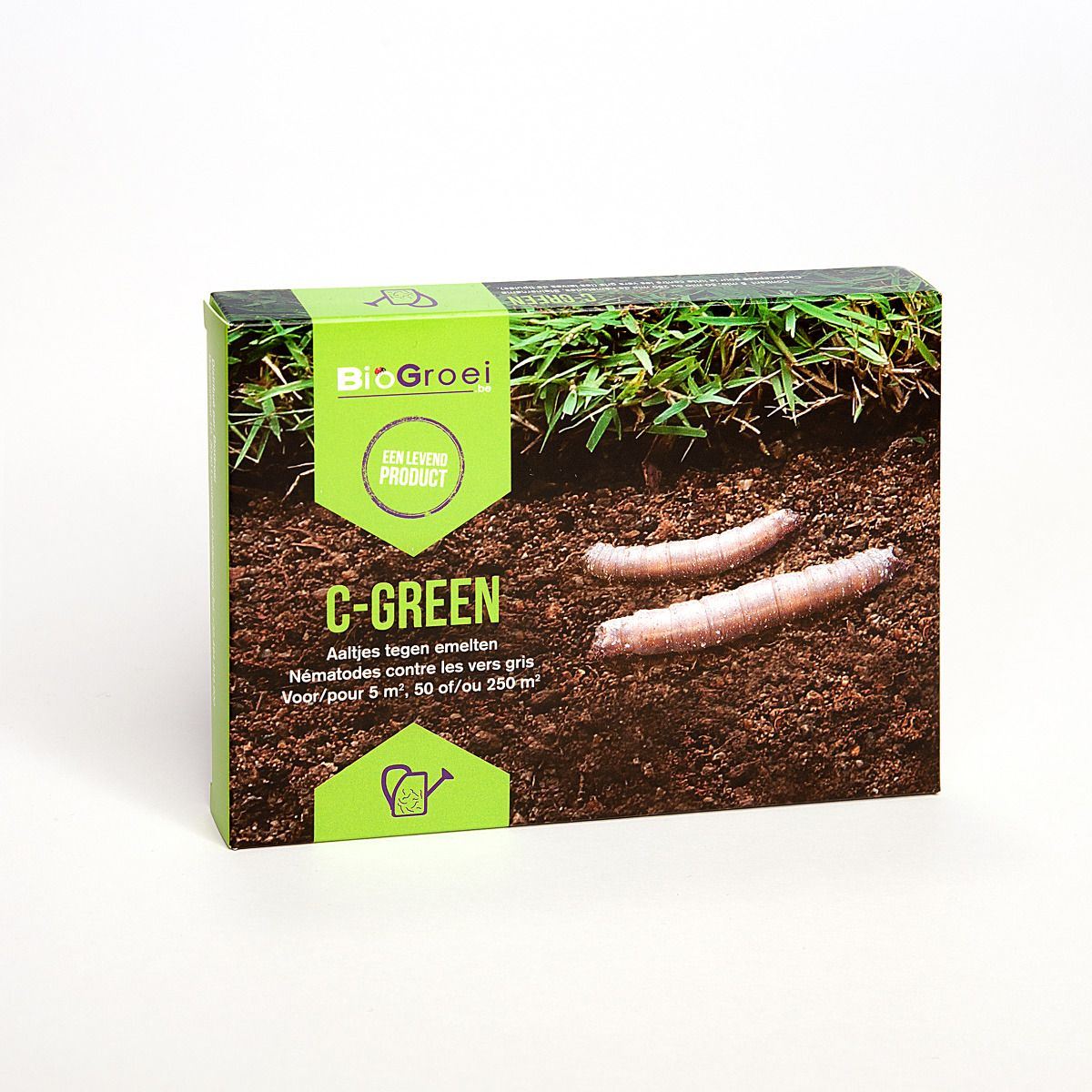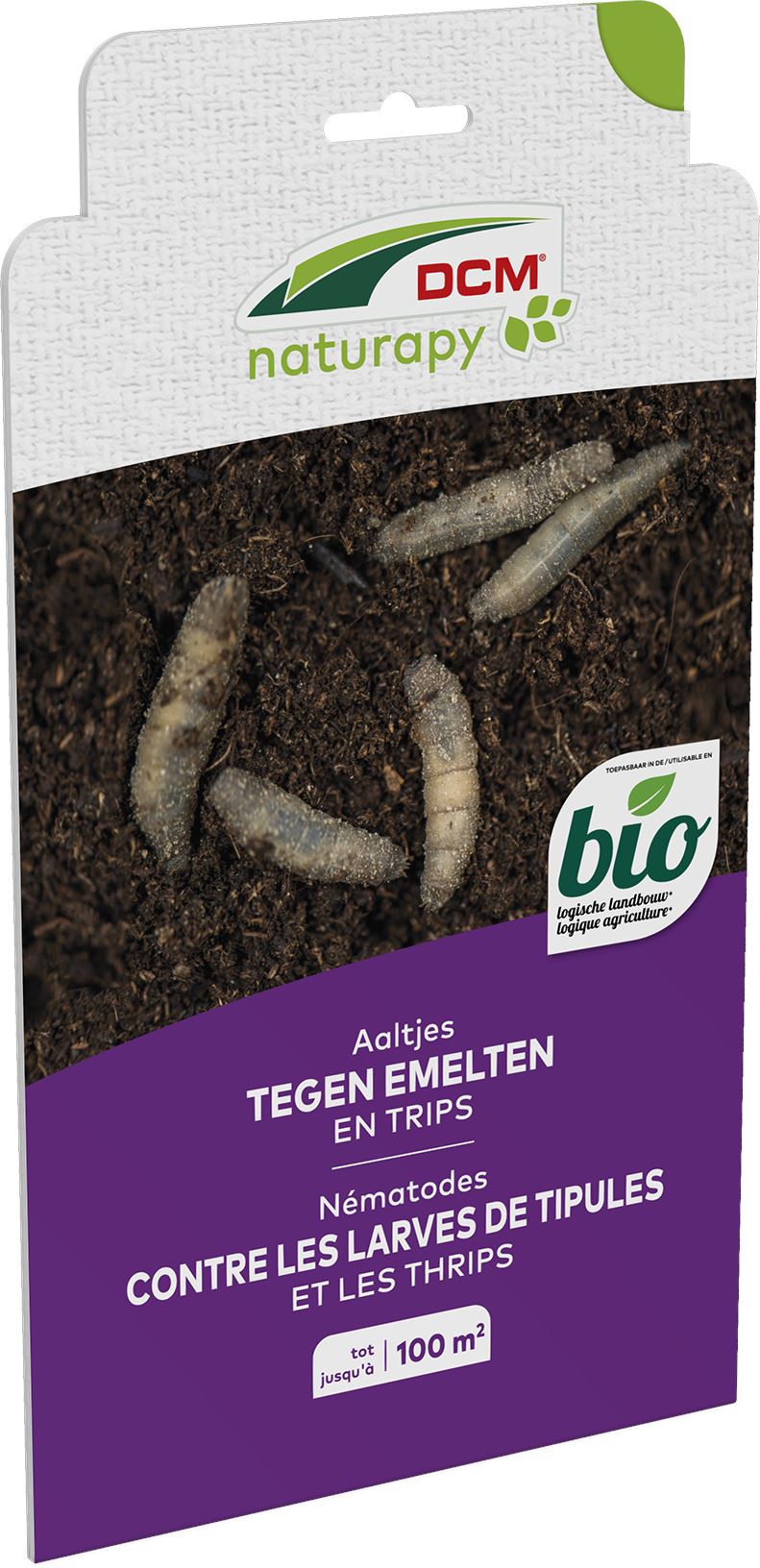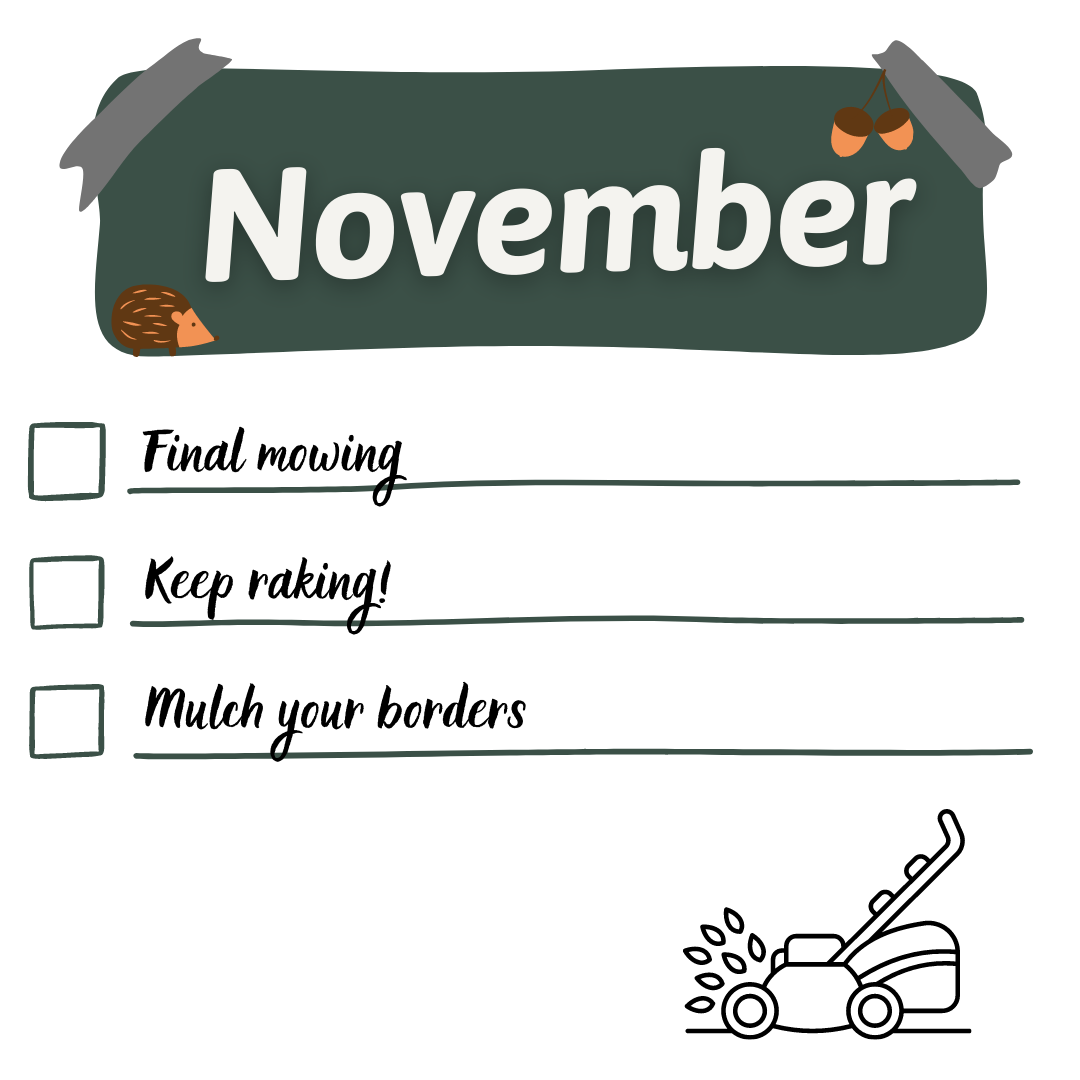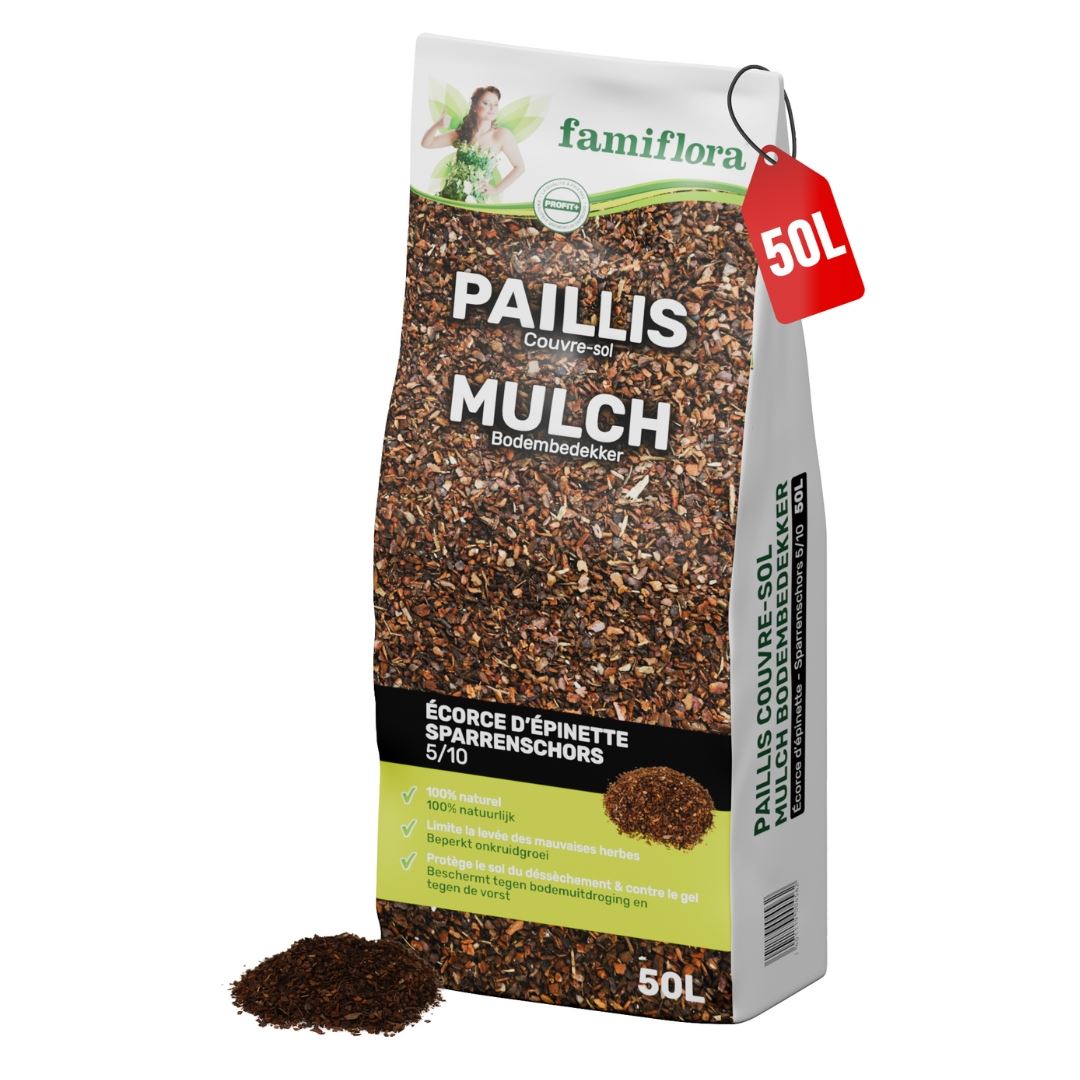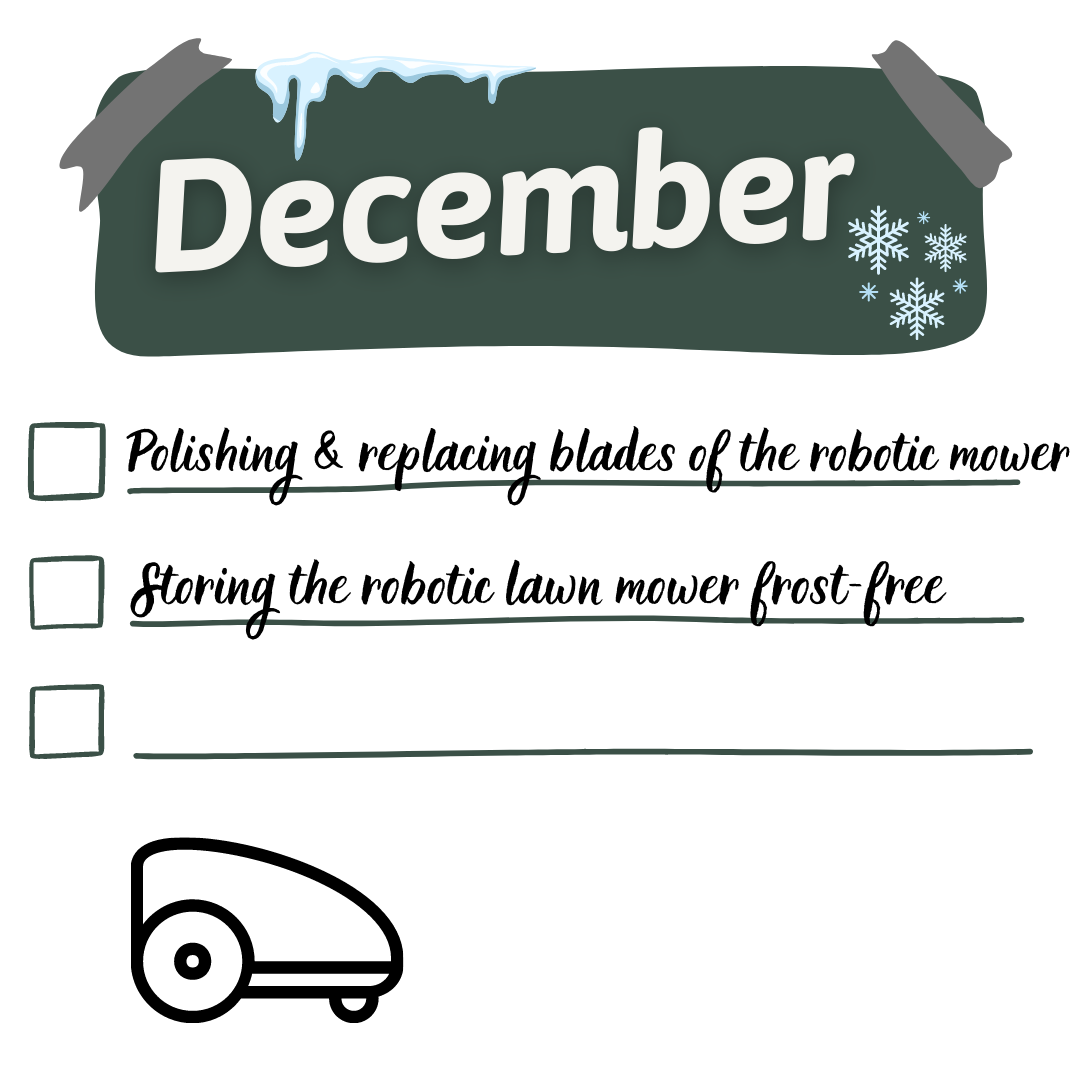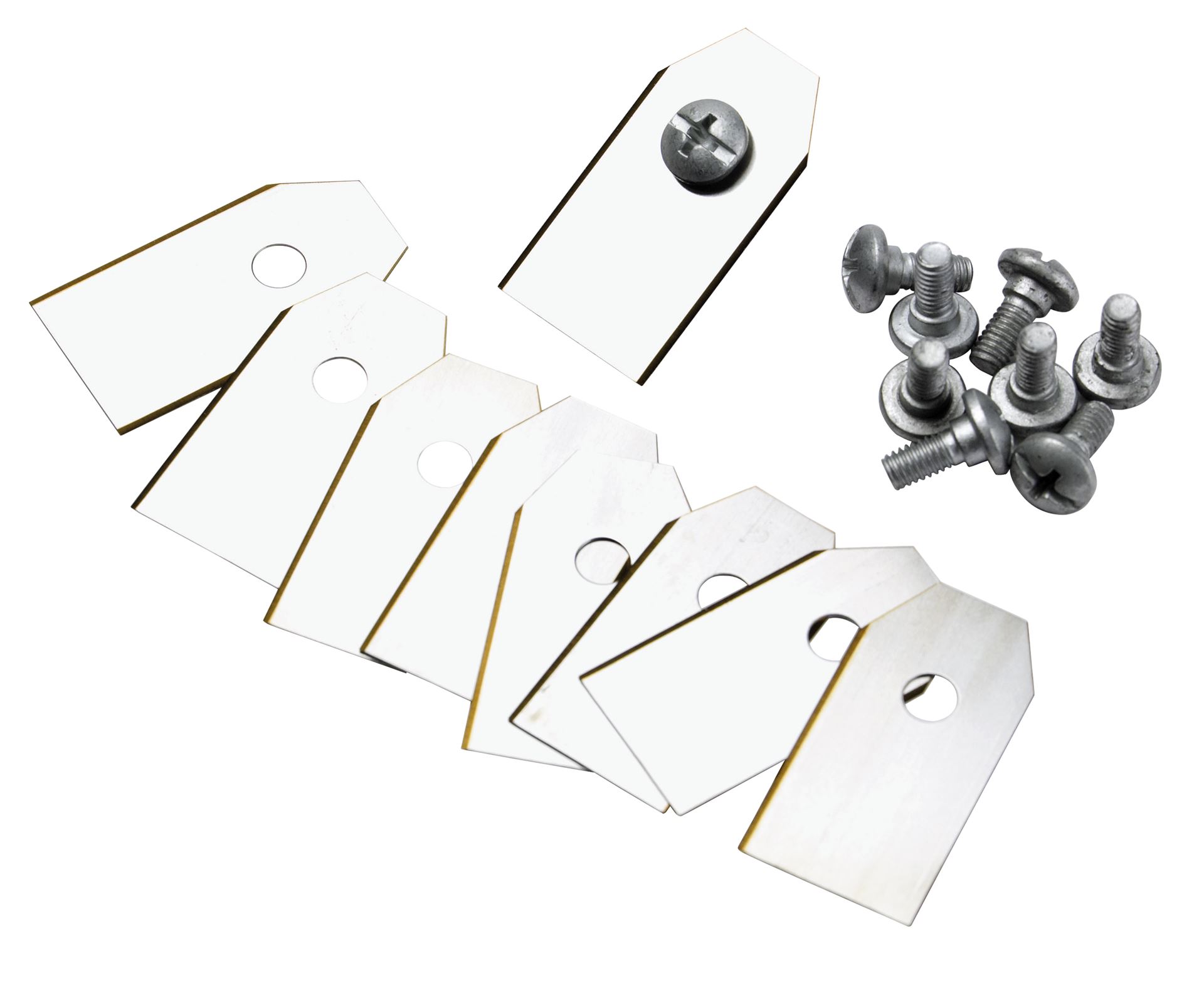
Your lawn guide for autumn!
Now that summer is behind us, it's time to put your lawn in the autumn sunshine! And what's more handy than a monthly calendar with a plan of action and checklist! We tell you month by month what you can do to get your lawn ready for winter. That way, your pelouse will stay in top condition during autumn too!


Tekst

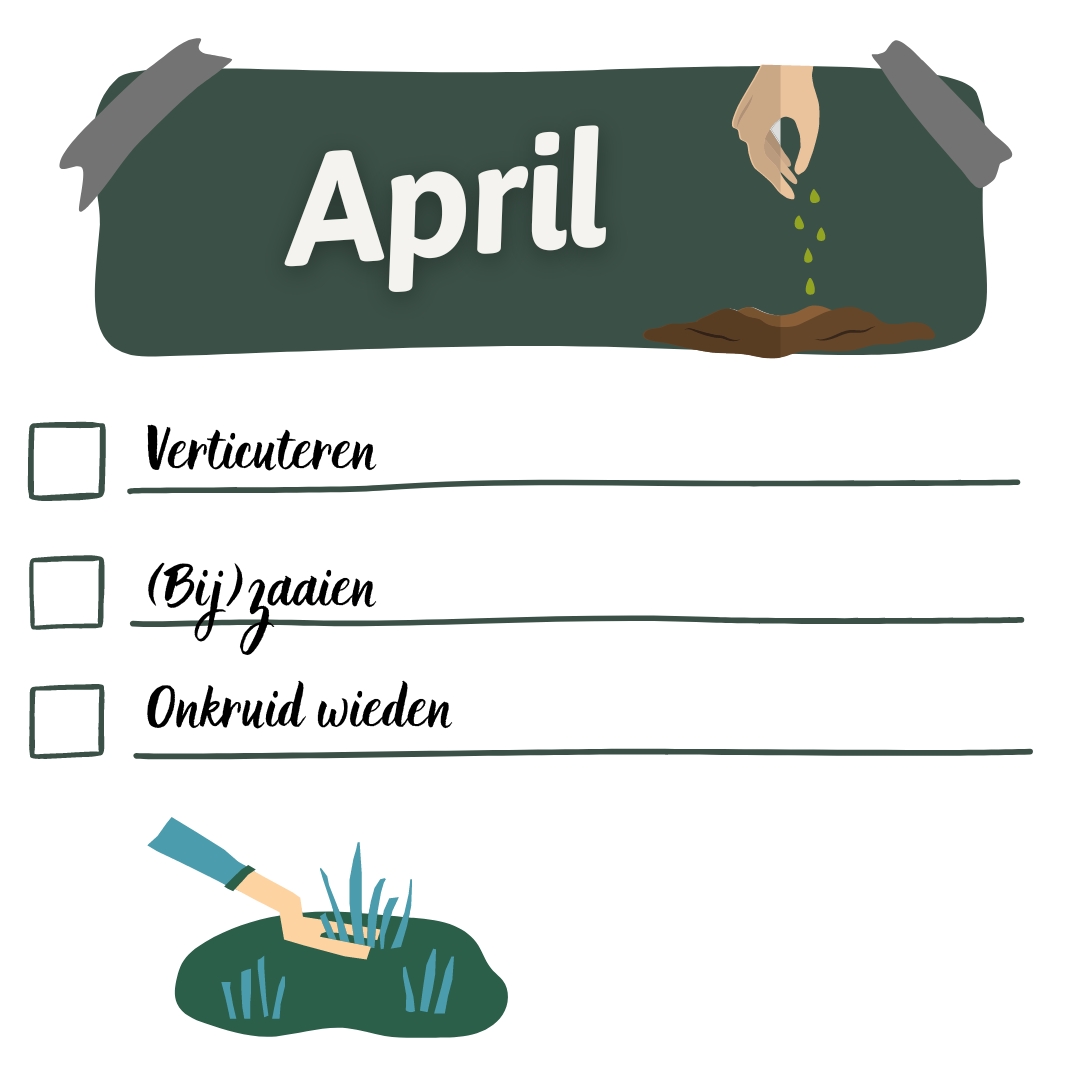
Tekst
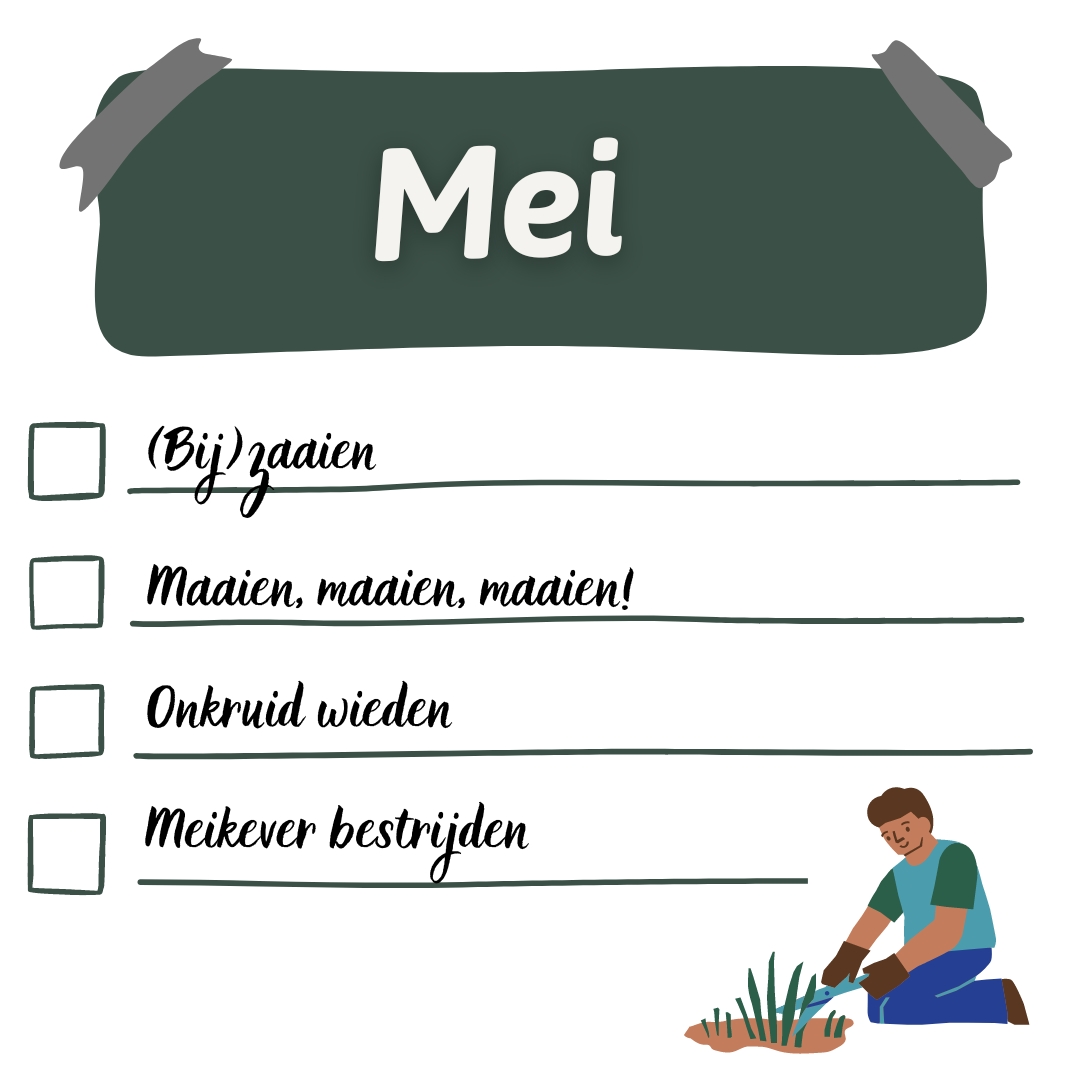
Lorem Ipsum dolor sit amet
Lorem ipsum dolor sit amet, consetetur sadipscing elitr, sed diam nonumy eirmod tempor invidunt ut labore et dolore magna aliquyam erat, sed diam voluptua. At vero eos et accusam et justo duo dolores et ea rebum. Stet clita kasd gubergren, no sea takimata sanctus est Lorem ipsum dolor sit amet. Lorem ipsum dolor sit amet, consetetur sadipscing elitr, sed diam nonumy eirmod tempor invidunt ut labore et dolore magna aliquyam erat, sed diam voluptua. At vero eos et accusam et justo duo dolores et ea rebum. Stet clita kasd gubergren, no sea takimata sanctus est Lorem ipsum dolor sit amet.
Lorem Ipsum dolor sit amet
Lorem ipsum dolor sit amet, consetetur sadipscing elitr, sed diam nonumy eirmod tempor invidunt ut labore et dolore magna aliquyam erat, sed diam voluptua. At vero eos et accusam et justo duo dolores et ea rebum. Stet clita kasd gubergren, no sea takimata sanctus est Lorem ipsum dolor sit amet. Lorem ipsum dolor sit amet, consetetur sadipscing elitr, sed diam nonumy eirmod tempor invidunt ut labore et dolore magna aliquyam erat, sed diam voluptua. At vero eos et accusam et justo duo dolores et ea rebum. Stet clita kasd gubergren, no sea takimata sanctus est Lorem ipsum dolor sit amet.

September is a busy month for lawn lovers. There is a lot on the agenda to give your lawn a green makeover after the hot summer.
So there are a lot of "snags" like grubs and leatherjackets that plague your lawn. You can recognise grubs by their curly posture. The fat larvae have a yellowish-white colour and feast on the root system of your lawn. Leatherjackets, on the other hand, do not eat the roots, but the grass itself. However, the result is the same: a bare & damaged lawn. Thanks to nematodes, you can control the undercreepers naturally. Read more about it here.
From mid-August, all grubs' eggs hatch, so the autumn treatment should not be missed! This treatment ensures that you get rid of the small larvae. Attention: to keep the nematodes alive, the soil temperature should be min. 12°C. Is the soil still warm enough in September and October? Then feel free to still treat the lawn with nematodes! Even a rainy week is ideal to tackle your lawn as the nematodes need a lot of moisture to penetrate the soil.
Are you not bothered by hungry larvae, but rather by a dry and yellow lawn? Then give your pelouse an airy haircut by ridding it of its thatch layer, which consists of weeds, moss and dead grass. After scarifying, your lawn can breathe again! Learn the tricks of the trade here. Remember to treat your lawn with an antimoss product, such as Bio-press or Moscide, before scarifying, otherwise you will spread the moss further during scarification. t is important that the soil temperature is at least 15°C for these products to work.
If you want to be pretty, you have to suffer. Although the grass does not suffer from scarification, it is not a pretty picture to see afterwards. Fill the small bald spots with repair lawn. Large bald spots can be sown with the rock-solid Ultra Resist or Bar Power RPR grass seed. Want to enjoy a full & green lawn right away? Then now is the time to lay grass mats. Do you want to roll up your sleeves yourself? Then click here for our step-by-step plan for laying turf or sowing a lawn yourself!
Thanks to lawn lime, you can neutralise acidic soil and prevent moss growth. Boost your lawn with potassium-rich autumn fertiliser so that your pelouse survives autumn and winter well. This way, the grass is more resistant to the cold and weeds cannot nestle between the lawn. Read more about the benefits of lawn fertiliser in our blog. Always wait 2 weeks to fertilise your lawn after liming. After scarifying & re-seeding, Recovery fertiliser is then again recommended for good rooting.
Leatherjackets, the larvae of the crane fly, also continue for a while in October. The larvae are still small now, so this is the perfect time to tackle them with nematodes. Would you like to read more about how nematodes work? Then visit our blog here! Again, a soil temperature of min 12°C is essential. Usually, you can treat the lawn until mid-October, after which it gets too cold. However, this is only a general guideline because it is the soil temperature that counts!
The first leaves are getting an orange glow and letting go of the trees. Better get out that leaf rake and rake the leaves together so you are not left with a mottled lawn, or even worse: a lawn suffocated by foliage!
The leaves whirl down from the trees in droves now, and lay a golden blanket over your lawn. So keep raking!
Don't throw away the "green waste" though, because the foliage is precious mulch for your borders! This mulch forms a protective layer against the upcoming (freezing) cold. Moreover, the foliage contains a lot of nutrients that are released to the soil during the digestion process. To speed up that process, you can finely shred the leaves. The extra layer also means less weeding and is the perfect hiding place for many garden animals that are hibernating. Definitely do it! (Psst, want more tips on how to help garden animals through the winter? Then be sure to click here!).
Keep mowing the lawn until the temperature dips below 5°C, when the grass stops growing. Usually, the lawnmower may leave the garden shed for the last time at the end of November. During the last mowing, don't weed your lawn too short and raise the lawn mower one setting to 5 cm.
Time for your robotic lawnmower or regular lawn mower to go into winter storage, but not without another thorough maintenance! Give the grass robot a good polish and replace blunt blades with new sharp ones.
By the way, did you know that how quickly your blades become blunt also depends on the type of lawn you have in your garden? For instance, a rougher & firm lawn, like Water Saver, will cause you to need to replace the blades faster.
Store the robotic mower and charging station in a frost-free & dry place. Thanks to our handy wall brackets, you can easily hang the grass robot on the wall, saving you a lot of space in your garden shed. Also protect the ends of the connectors from winter weather with a special cable protector.


















